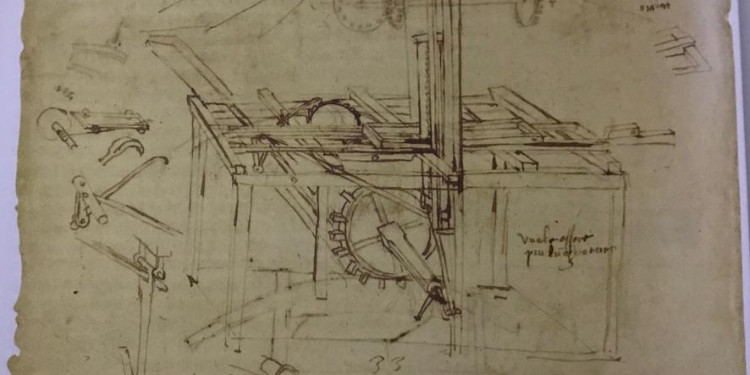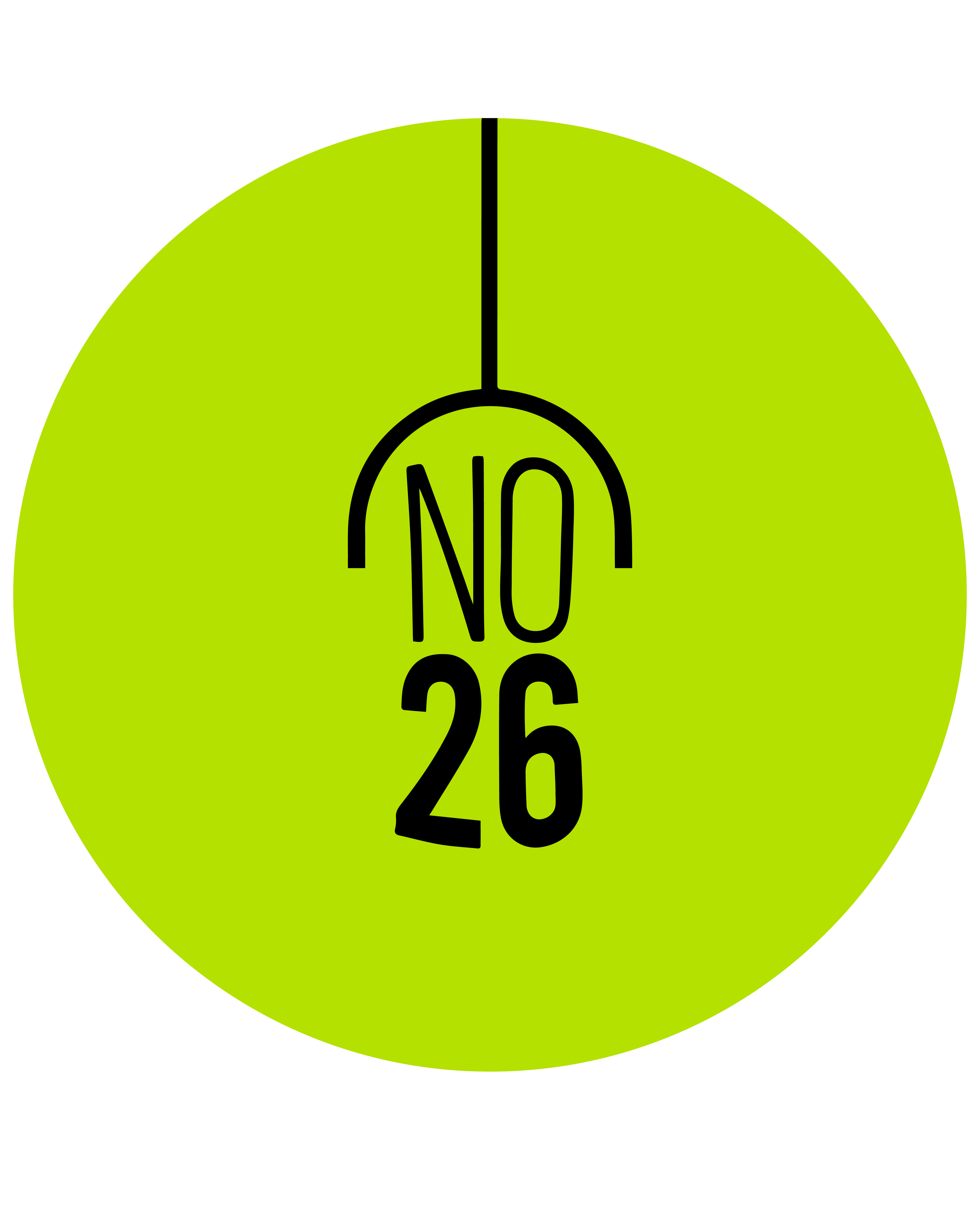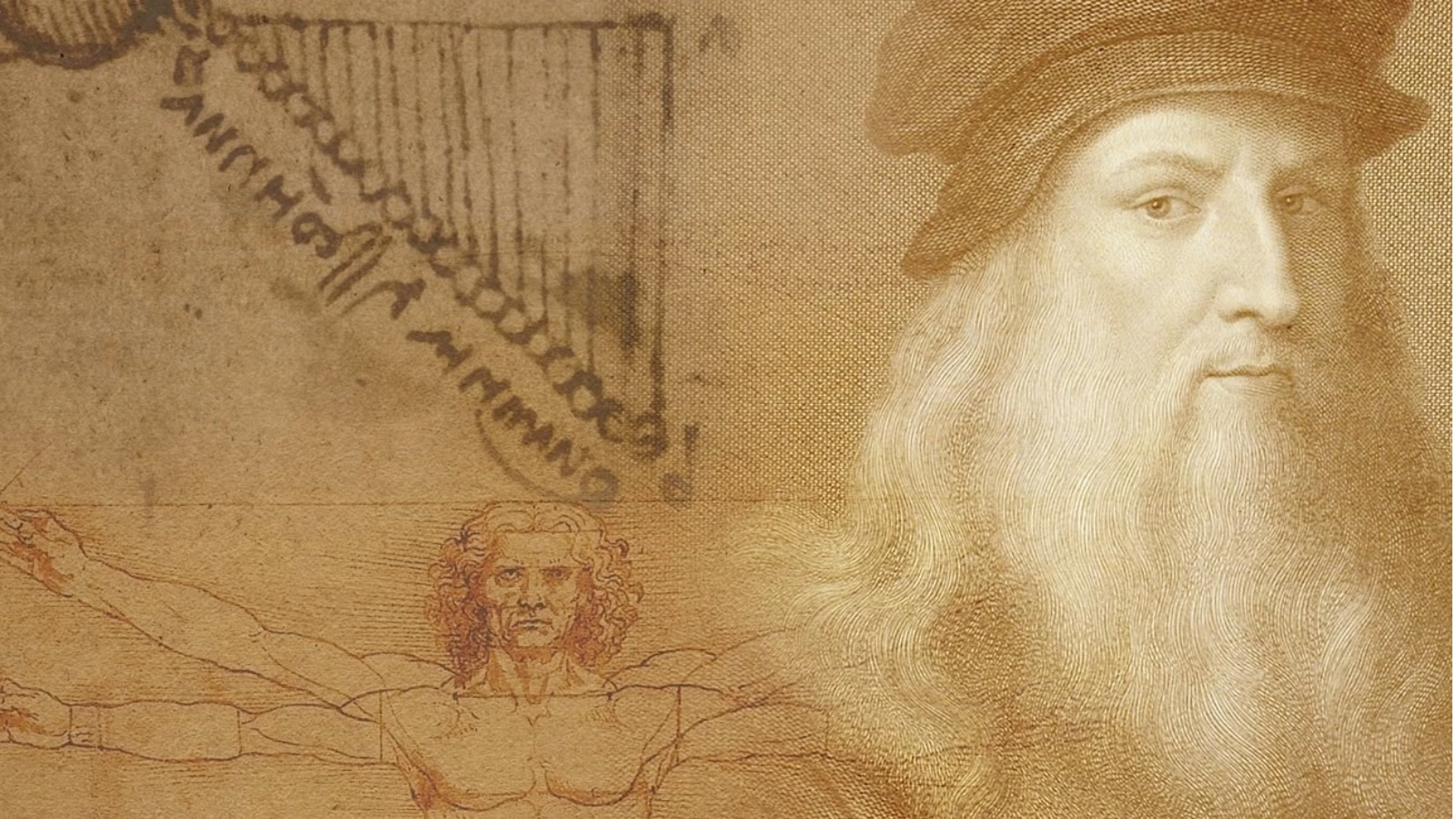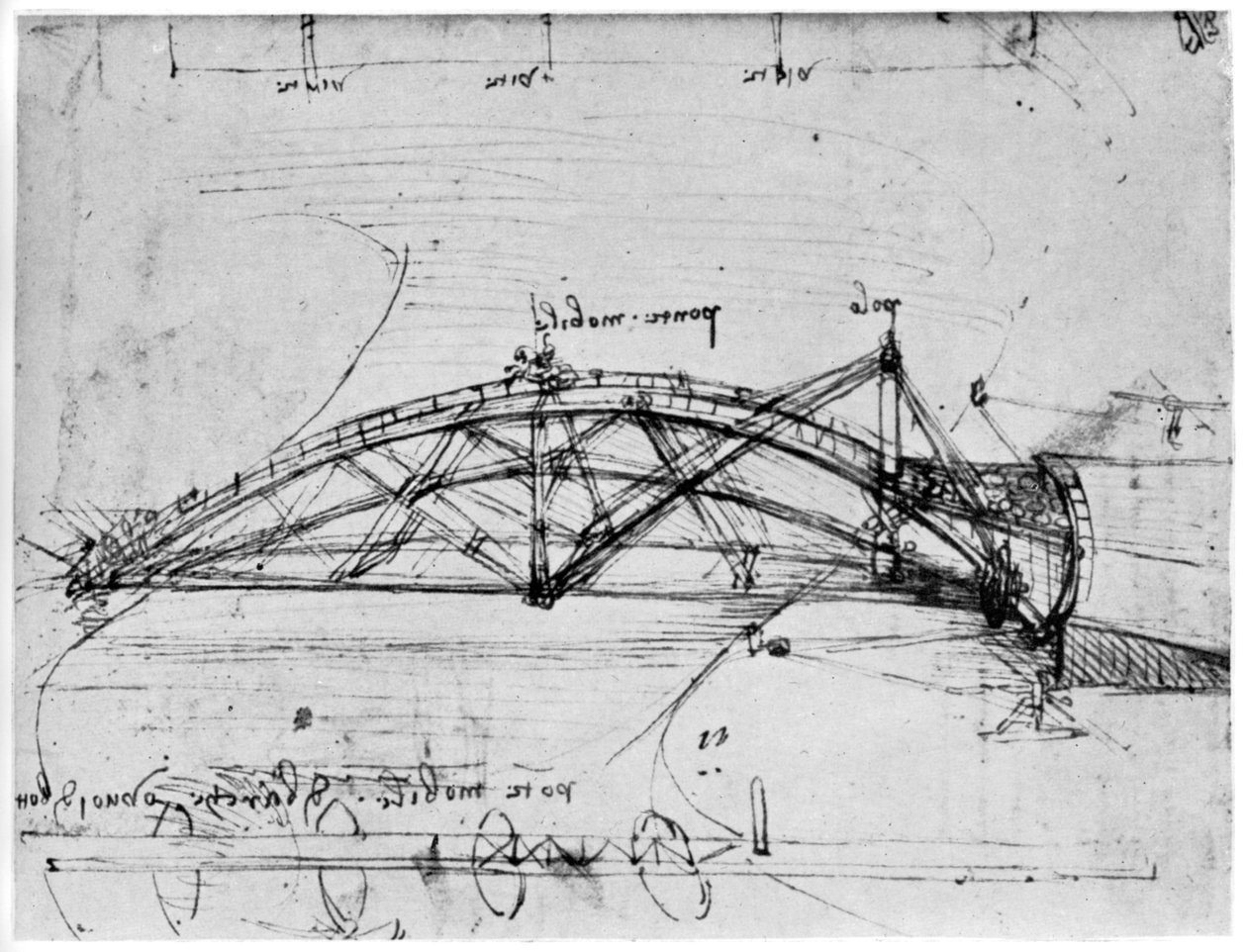Leonardo da Vinci is considered one of the greatest geniuses of the Renaissance. A multifaceted genius as an artist, engineer, scientist and inventor, Da Vinci left his mark on history not only with his paintings but also with countless innovative designs. Some of the projects that could not be completed in his time, or were forgotten, have been revived today and have made significant contributions to the modern world. In this blog post, we will examine the present-day applications of Leonardo da Vinci’s historical designs.

1. Flying Machine (Helicopter)
Da Vinci’s “flying machine” design is seen as the forerunner of modern helicopters. This design, which he made between 1485 and 1490, was one of the first drawings of a hovering device. However, the materials and engineering knowledge used at the time prevented this design from being realized. Nevertheless, Da Vinci’s observations on flight provided an important foundation for today’s aeronautical engineering.
In a 1990s reconstruction, a model was built faithfully to Leonardo’s drawings. However, Da Vinci’s flying machine lacked the technologies needed to generate enough force to enable flight. Nevertheless, this early example, which has inspired today’s helicopter designs, is a testament to Leonardo’s vision of flight.
2. Armored Vehicle (Tank)
One of Leonardo da Vinci’s most remarkable inventions is the armored vehicle he designed for use in wars. This design, drawn in 1485, aimed to attack the enemy with cannons placed on an armor-covered vehicle. However, this vehicle had a structure that could not be operated with the technology of the period; the engine power and engineering knowledge of the period could not achieve the expected performance of the vehicle.
Modern engineering has the technologies needed to bring this design to life properly. For this reason, Da Vinci’s armored vehicle inspired tank designs in the 20th century. Many of the features of modern combat vehicles used today were inspired by the ideas in Leonardo’s designs. Armor, cannons and mechanical drive systems are widely used in today’s war machines.

3. Human Anatomy and Robotics
Leonardo da Vinci is also known for his interest in anatomy. His observations and drawings on the human body show his contributions to medical knowledge. Da Vinci’s in-depth study of human anatomy and his detailed drawings of muscles, bones and organs are an important contribution to early medicine. Today, medical imaging and surgical operations are made possible thanks to Da Vinci’s meticulous study of the human body.
Especially in terms of robotics, Da Vinci’s “robotic” designs are remarkable. A mechanical human figure he designed in 1495 seems to have laid the foundations of today’s robotic technologies. This robot can be considered as the forerunner of today’s advanced robotic technologies. Today, robots inspired by and paying homage to Da Vinci’s drawings have been the basis for the development of the most advanced technologies in robotic engineering.

4. Water Channels and Hydraulic Systems
Leonardo’s engineering works are especially noteworthy for his water-related projects. Da Vinci designed numerous water canals and hydraulic systems by trying to understand the movement of water. These designs laid the foundation for today’s water management systems. Da Vinci also developed an early vision for managing energy using the power of water.
Today, hydroelectric power generation is one of the most tangible examples of Leonardo’s vision of harnessing the power of water. Leonardo’s designs laid the foundations for the engineering principles used in modern water canals and dam systems. The study of hydraulic engineering and the control of water is applied in many projects today as a continuation of Da Vinci’s scientific observations.
5. Leonardo’s Traces in Engineering: Today’s Building Designs
Da Vinci’s engineering skills were not limited to war machines and vehicles; he also designed large structures. Today, Leonardo’s theories on structural engineering are used as valid engineering principles, especially for suspension bridges and large structures. The mathematical precision of Leonardo’s designs is an approach that is still relevant in modern civil engineering.
In particular, Leonardo’s complex geometric drawings and structural analyses are still an important reference point in contemporary engineering. Today’s engineers and architects continue to use da Vinci’s drawings to build more robust and aesthetic structures.
As one of the greatest engineers in history, Leonardo da Vinci was a thinker and inventor far ahead of his time. His imagination has inspired the modern world in many fields, including engineering, medicine, aviation and robotics, not just art. Today, the realization of Leonardo’s designs is a testament to how far engineering and science have come. Many of the technologies used today are based on the genius of Leonardo da Vinci, making him a truly timeless genius.















